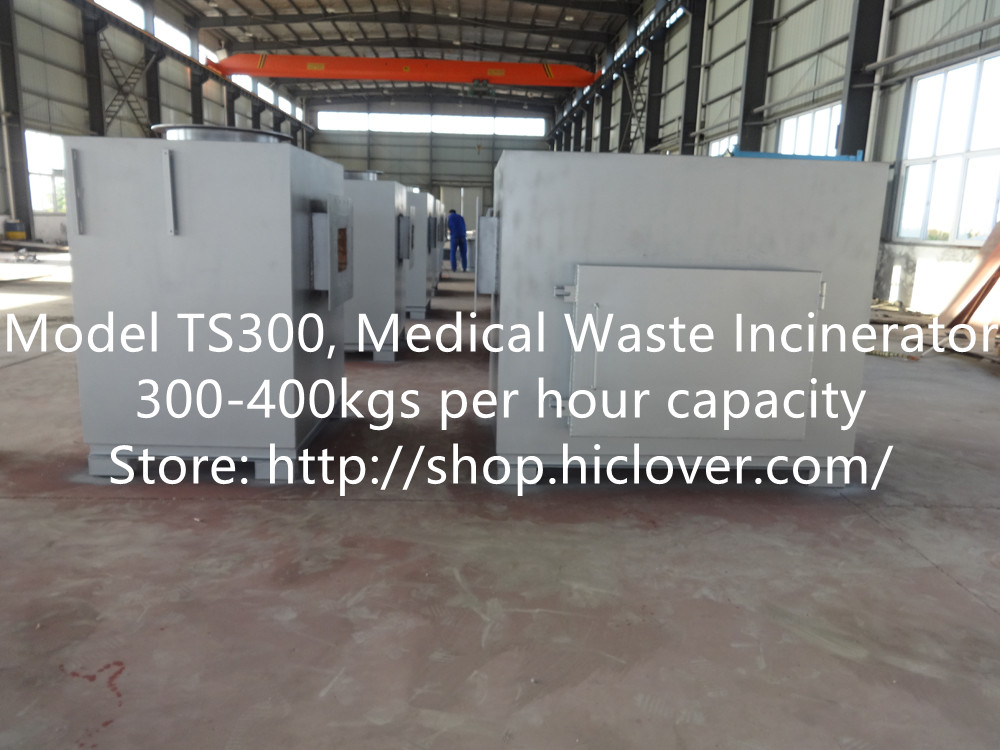Every day, the world produces an enormous amount of waste. From plastic bottles and food scraps to industrial byproducts, our trash is piling up at an alarming rate. In many countries, this waste is simply dumped into landfills or left to rot in open dumpsites, causing pollution and contributing to the global environmental crisis. However, some innovative solutions are now being implemented to turn this trash into something valuable – energy.
One such solution is the use of dumpsite incinerators to generate energy from waste. These incinerators work by burning the trash at high temperatures, which produces heat that can be converted into electricity through steam turbines. This process not only reduces the volume of waste that ends up in landfills but also provides a sustainable source of energy.
In recent years, the implementation of dumpsite incinerators has gained traction in many parts of the world. Countries like Sweden and Denmark have been leading the way in waste-to-energy technology, with over half of their waste being incinerated to produce electricity. In fact, Sweden has become so proficient in managing its waste that it imports garbage from other countries to feed its incinerators.
Apart from reducing the volume of waste in landfills, dumpsite incinerators also offer several environmental benefits. By burning the waste, these incinerators can significantly reduce greenhouse gas emissions compared to traditional landfilling methods. It also reduces the release of harmful chemicals and toxins into the environment, as many incinerators are equipped with advanced air pollution control systems to capture and treat the emissions.
In addition to environmental benefits, dumpsite incinerators can also provide economic advantages. The energy generated from burning the waste can be used to power homes, businesses, and industries, reducing the reliance on fossil fuels and lowering energy costs. Some countries even incentivize waste-to-energy projects by offering subsidies or tax breaks to encourage investment in this technology.
However, despite these benefits, dumpsite incinerators have faced criticism from environmentalists and communities living near these facilities. Concerns about air pollution, toxic ash, and potential health risks have led to opposition to the construction of new incinerators in some areas. As with any technology, it is crucial to ensure that dumpsite incinerators are operated and maintained in a responsible manner to minimize their impact on the environment and public health.
In conclusion, dumpsite incinerators represent a promising solution for managing the world’s waste problem and providing a sustainable source of energy. By converting trash into treasure, these facilities offer a way to reduce the volume of waste in landfills, lower greenhouse gas emissions, and generate electricity. As technology continues to advance, dumpsite incinerators have the potential to play a crucial role in addressing the global waste crisis and transitioning towards a more sustainable and circular economy.



